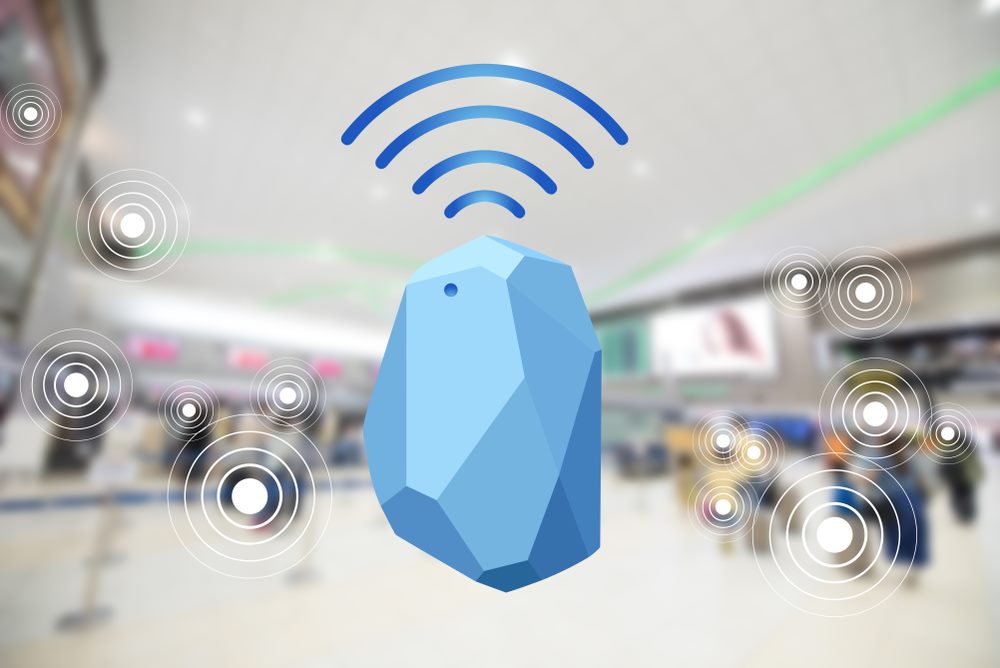Indoor Positioning has become a popular term for many industries. Just how Global Positioning has made our lives much easier. Indoor positioning is all the same but only for large indoor spaces where their GPS signals are not very reliable due to barriers such as doors, ceilings, and walls.
In these large indoor spaces, management can get challenging. With the help of Indoor Positioning Systems, experiences in these buildings can be enhanced. This system enables a lot of features that can help in improving services and enhancing user experience. With an IPS, you can activate indoor navigation, asset tracking, indoor mapping, location sharing, and much more.
This system is already being utilized by a lot of organizations from different sectors all around the world. Let’s understand what exactly is an Indoor Positioning System in simple terms.
What Is an Indoor Positioning System?
An Indoor Positioning System is used to locate people and objects in large indoor spaces where GPS signals are weak. This system uses a network of devices to get information and carry out positioning. There are various types of indoor positioning systems. Each of these works is based on its own devices. Some of the most common types of indoor positioning systems are Wi-Fi-based, Proximity-based, Acoustic systems, Ultra-Wideband, and Bluetooth beacon-based systems. There are also indoor positioning systems that do not require any hardware installations.
A lot of people go for the BLE-based indoor positioning system that requires the installation of Bluetooth beacons. There is a lot to learn about this system if you’re planning to buy one. It’s important to know about how they work and what are its pros and cons are before you make a decision. Here’s everything you need to know about BLE positioning systems.
What is a BLE-based Indoor Positioning System?
This system uses small, wireless beacon transmitters that use low-energy Bluetooth technology to send signals to other devices. These beacon devices work with a CPU, batteries, and radio. It repeatedly broadcasts out an identifier that is picked up by a device such as a mobile. An identifier is an ID number that is recognized by the smartphone and the beacon.
The beacon-based indoor positioning system is used by a lot of organizations. According to Statista, “In 2016, the beacon technology market was valued at 519.6 million U.S. dollars. It was estimated to increase at a CAGR of 59.8% to reach about 56.6 billion U.S. dollars in size in 2026.”
Let’s have a look at all the benefits of having a Bluetooth beacon-based indoor positioning system:
1. Easy to use
This system makes it easy for users to access various features of indoor positioning. Especially for navigation, the users don’t have to manually type in their current location to navigate to another location. They can easily see their live location on the map with the help of the live blue dot tracking feature. This makes navigation a more automated experience, which is easy to use for anyone.
2. Insights
This system also provides quite accurate insights based on the information collected by the system. This data can be used to improve services by making changes. Organizations can improvise their space with the help of the analytical reports generated by these systems.
3. Supports responsive messaging
Proximity beacons support responsive messaging which can be push notifications that you want to send to a user to encourage them to take action. This can be done based on their location and their activity on the application. For example, a shopper adds an item to their cart on the app but hasn’t checked out. You will be able to send them push notifications, encouraging them to make the purchase.
According to PC Magazine, “This technology could provide retailers the long-desired solutions and insight needed to incorporate mobile commerce and improve your shopping experience.”
4. Improved collection of data
A good beacon-based system will allow you to get data based on foot traffic and activity in a certain indoor location. If the beacons are placed properly in a proper manner, you will be able to get a detailed layout of every store. This will help you understand what is working for you and what isn’t so you can make changes accordingly.
Cons of having a Bluetooth beacon-based IPS
1. Challenging Implementation
The setup of a beacon-based Indoor Positioning System would take a lot of time, planning, and labor. Apart from that, you would also have to manage the regular maintenance. Most beacons run on batteries, which drain and will have to be checked and changed regularly.
In the entire setup, if one beacon stops working due to its battery drainage, malfunction, or any other defect, this will affect the entire positioning system. These beacons can also be heavy for sticking them up at a certain place. They also do not have different serial numbers in most cases, which makes it difficult to tell them apart.
2. Limited range
Due to certain physical barriers, the range of a beacon network can be affected. These barriers can be thick walls or doors. In a survey based on Beacon technology, almost 65% of people said that it was difficult for them to track their customer’s aisle to aisle. The execution of the technology is not up to the mark. To make the system stronger, organizations might have to manually add codes.
Conclusion:-
If you compare Bluetooth beacon-based Indoor Positioning Systems to the others that are available, you will find a difference in how each of them works. However, Beacon-based systems are very popular but also have been disappointing for a lot of organizations. Not just beacon-based, but mostly all systems that require hardware installation are complex to implement and manage.
The best solution for this would be to go for a Hardware-free Indoor Positioning System. Mapsted’s advanced Indoor Positioning System is one of the world’s leading technologies that are hardware-free. This system does not require any installation of devices such as Beacon or Wi-Fi.









